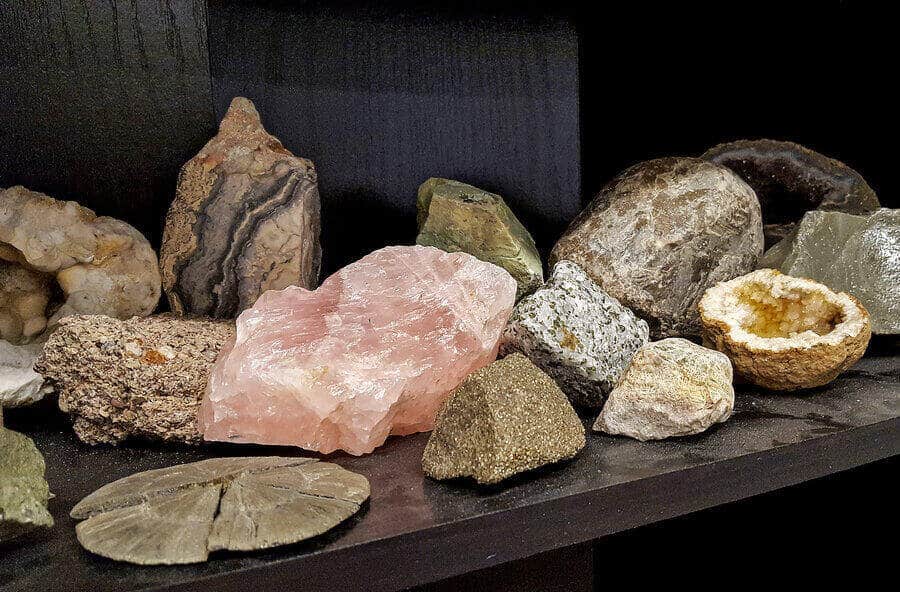Introduction
Collecting minerals is a fascinating hobby that can lead you on a journey of discovery into the natural world. It's a pastime that can be enjoyed by people of all ages and backgrounds, offering a unique blend of science, nature, and art. Whether you're drawn to the beauty of crystals, the science behind their formation, or the thrill of the hunt, mineral collecting can be a rewarding and educational experience. This beginner's guide will help you get started on your mineral collecting journey.
Understanding Minerals
Before you start collecting, it's essential to understand what minerals are. Minerals are naturally occurring, inorganic substances with a definite chemical composition and a specific crystal structure. They are the building blocks of rocks and are classified based on their physical properties, such as hardness, luster, color, and streak.
There are over 5,000 known mineral species, but don't let that number intimidate you. As a beginner, you can start by focusing on common minerals like quartz, feldspar, and mica, which are readily available and relatively inexpensive.
Tools of the Trade
As a beginner mineral collector, there are a few essential tools you'll need:
Field Guide: A good field guide is invaluable for identifying minerals. Choose one with clear photographs and descriptions of each mineral's physical properties.
Magnifying Glass: A hand lens or magnifying glass can help you examine minerals closely and identify small details.
Hardness Kit: This kit contains tools to help you determine a mineral's hardness, a key identification feature.
Notebook: Keep a notebook to record where and when you found each mineral, its characteristics, and any other observations.
Storage: You'll need a safe place to store your minerals. Consider purchasing a display case or storage box to protect your collection.
Where to Find Minerals
Minerals can be found in a variety of places. Here are a few suggestions:
Nature: You can find minerals in your own backyard, local parks, or nearby hills and mountains. Always make sure you have permission to collect minerals if you're on private property.
Mineral Shows: These events are great places to see a wide variety of minerals, learn from experts, and add to your collection.
Online: There are many reputable online retailers that sell minerals. This can be a good option if you're looking for specific minerals that aren't found in your local area.
Museums and Science Centers: These institutions often have mineral exhibits where you can learn more about different species and their properties.
Starting Your Collection
When starting your collection, it's best to focus on quality rather than quantity. Choose minerals that you find interesting and beautiful. As you gain experience, you can start to specialize in certain types of minerals, such as those from a specific location or with a particular color or crystal structure.
Remember, the value of a mineral collection is not just monetary. The real value lies in the knowledge you gain, the experiences you have while collecting, and the beauty of the minerals themselves.
Conclusion
Mineral collecting is a hobby that can enrich your life in many ways. It can take you to new places, introduce you to new people, and teach you about the wonders of the natural world. So why wait? Grab a field guide, put on your hiking boots, and start your mineral collecting journey today!

